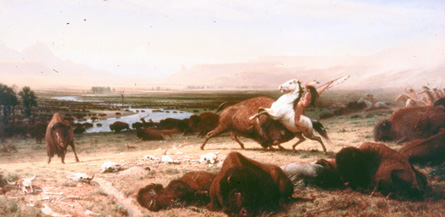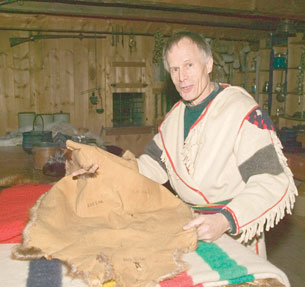Module 2 Intro
1. Module 2 Intro
1.1. Big Picture
Module 2—Chemical Compounds
 Big Picture
Big Picture
The forces involved in chemical bonding play an integral role in daily life.

© 2007 Jupiterimages Corporation
Settlers to North America used information from local First Nations people, as well as their own intuition, to develop recipes for foods, cleaning products, and weatherproofing that used natural materials (organic and inorganic substances). They found these substances locally or received them by trading with other groups. The substances developed by these people are examples of chemical technologies that have evolved into the commercial products used today.

Rolf Hicker Photography
If you did an inventory of what you ate or the products you used during a day, could you identify the chemical compounds used? How would these compounds be different from the substances used by people living at earlier times in Alberta’s history? In this module you will learn to identify how chemical technologies provide for improved products and how bonding relationships in matter determine the properties of chemical substances and the function of technologies that use them.